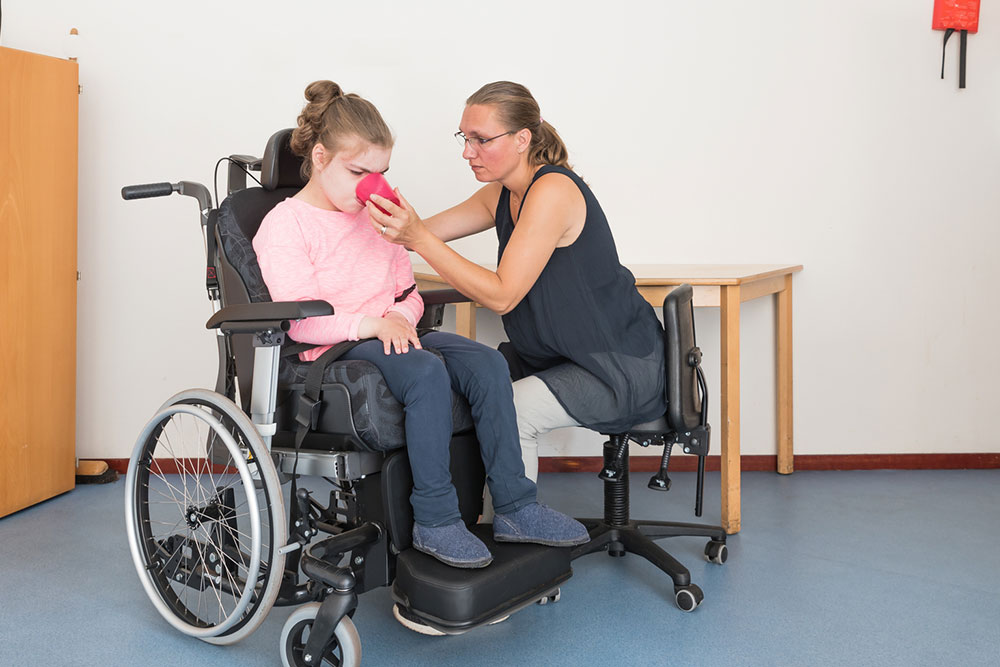16 types of vasculitis and their symptoms

Vasculitis is a group of diseases that cause inflammation in the blood vessels. The immune system attacks healthy blood vessels, leading to their narrowing and swelling, and may be triggered by an infection or underlying condition. It could also limit blood flow and damage the organs and tissues. Vasculitis can be classified into different types based on the cause and affected body parts. This article will discuss 16 types of vasculitis, their signs and symptoms.
1. Eosinophilic granulomatosis polyangiitis (Churg-Strauss Syndrome)
This type of vasculitis mainly affects people between the ages of 38 and 54. Some common symptoms include:
- Asthma
- Allergic rhinitis
- High fever
- Muscle and joint pain
- Tiredness or fatigue
- Loss of appetite
- It may also affect the nerves, causing a pins-and-needles sensation or numbness.
2. Temporal arteritis (giant cell arteritis)
This type of vasculitis occurs when the arteries of the head (temple) become inflamed. This condition primarily affects people over the age of 50. Common signs of temporal arteritis include:
- Aching and soreness around the temples
- Muscular pain in the jaw while eating
- Headaches
- Double vision or vision loss
- Polymyalgia rheumatica, or muscle pain and stiffness in the shoulders, neck, and hips
3. Granulomatosis with polyangiitis (Wegener’s granulomatosis)
This type of vasculitis affects the blood vessels in the nose, sinuses, ears, lungs, and kidneys.







